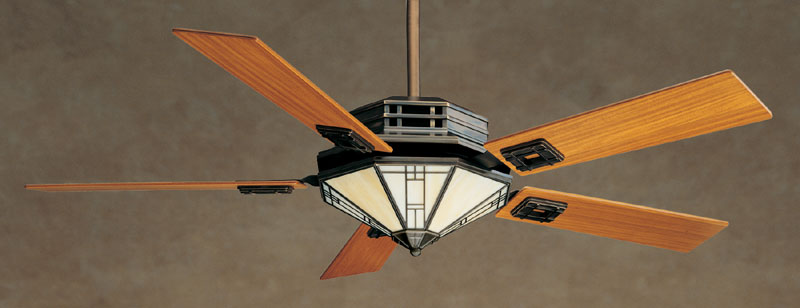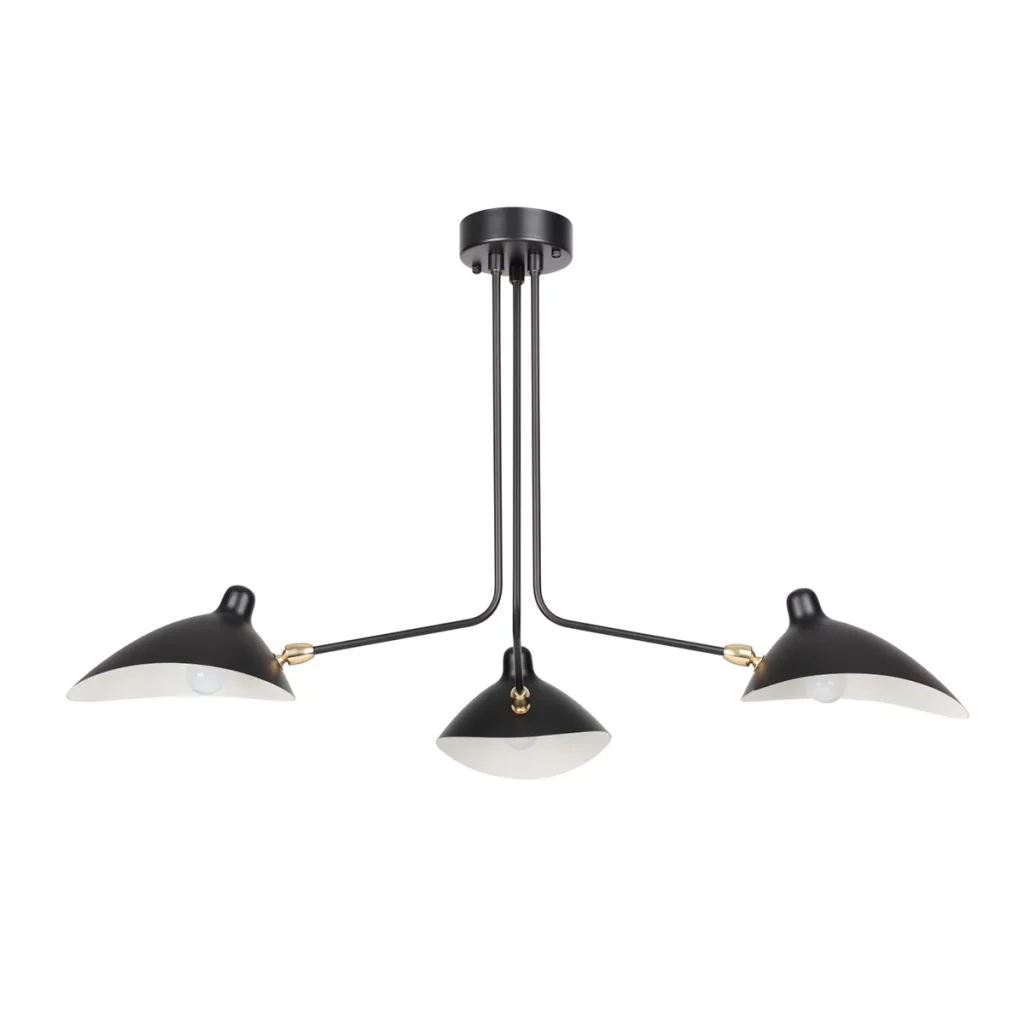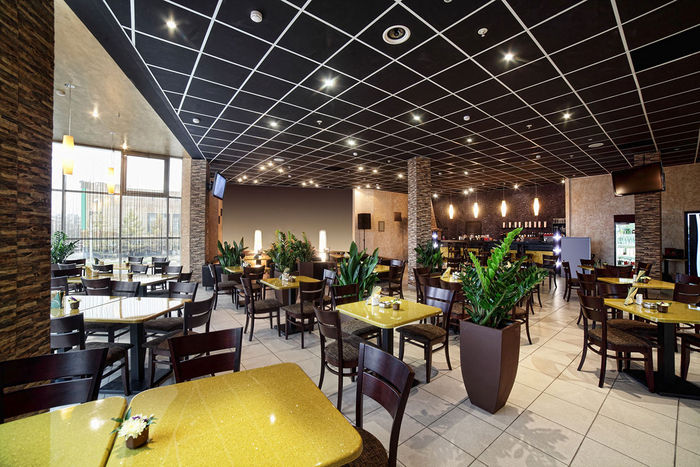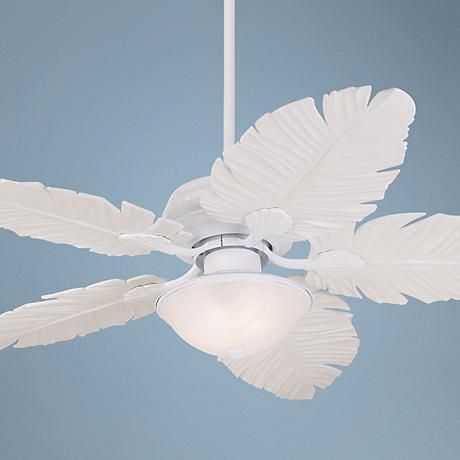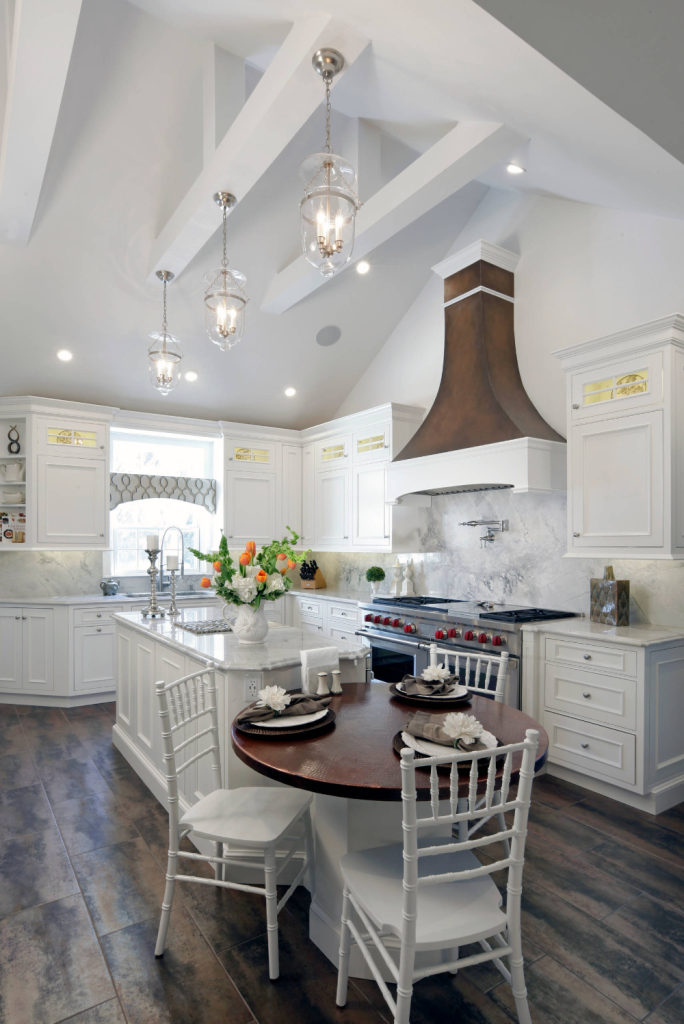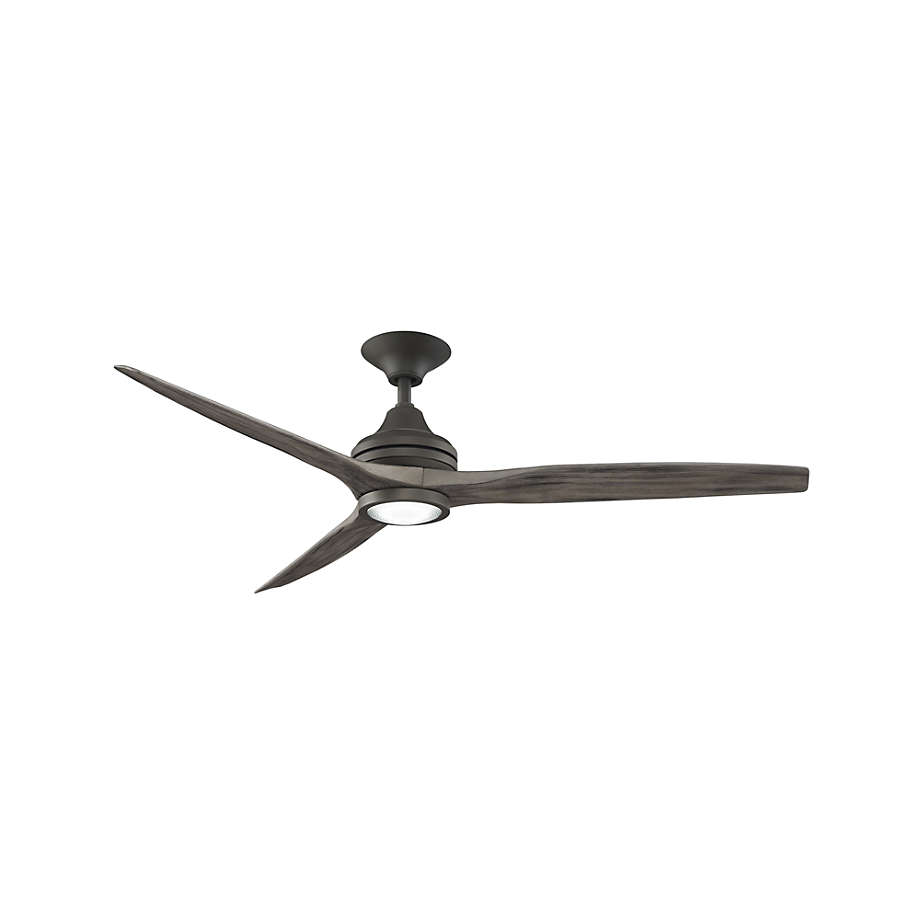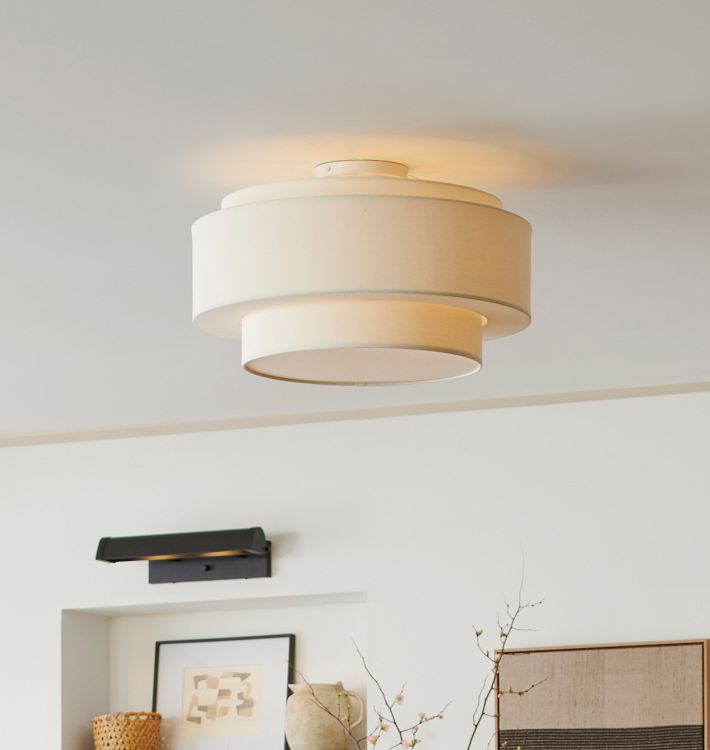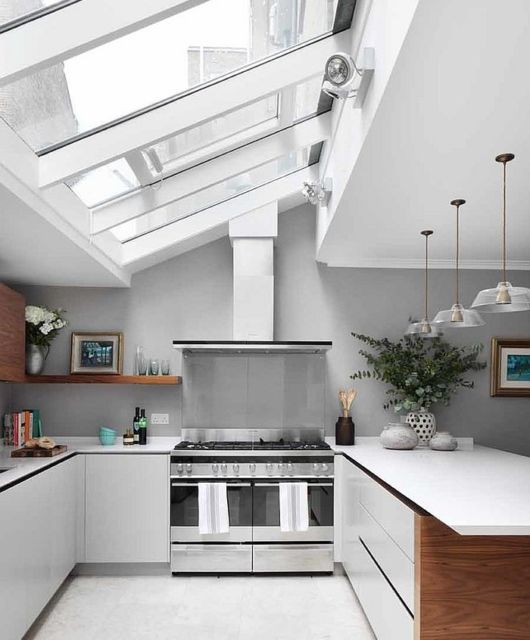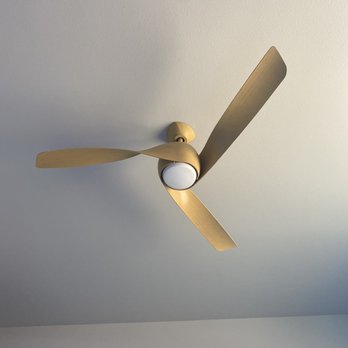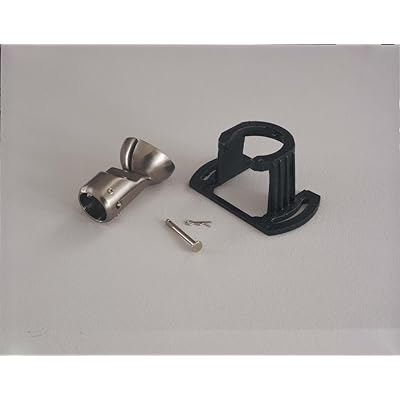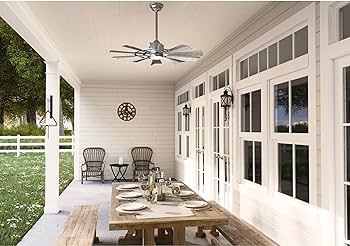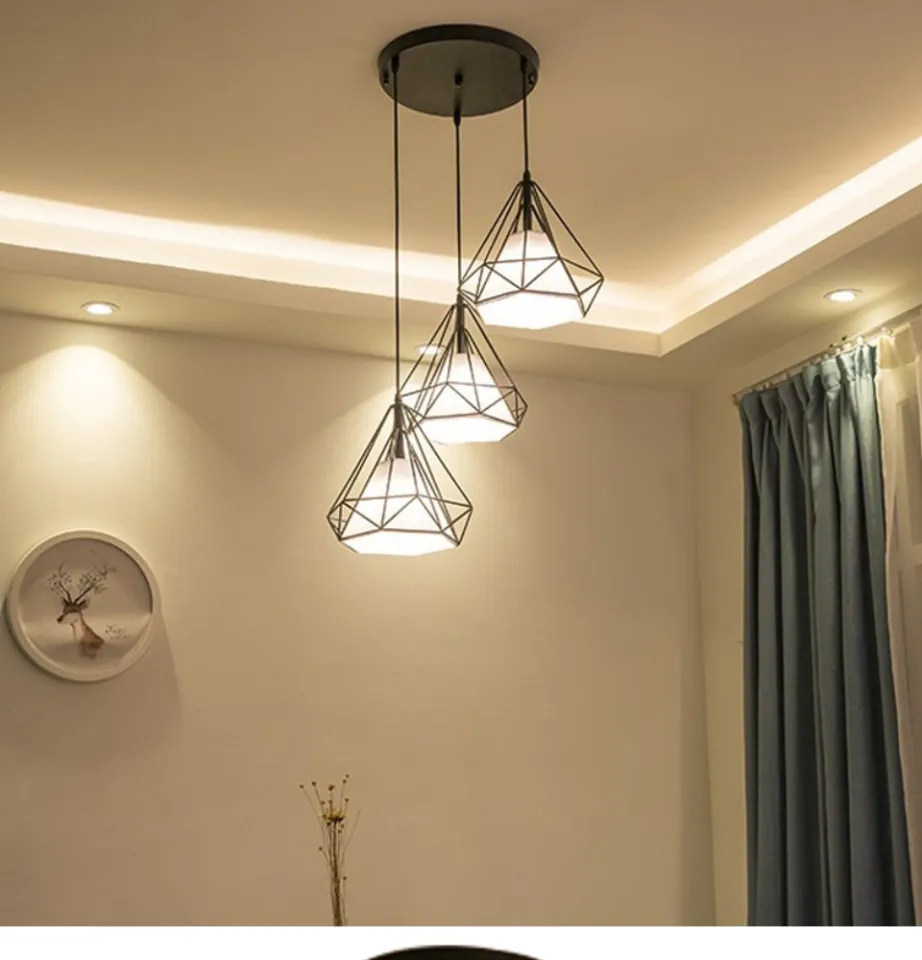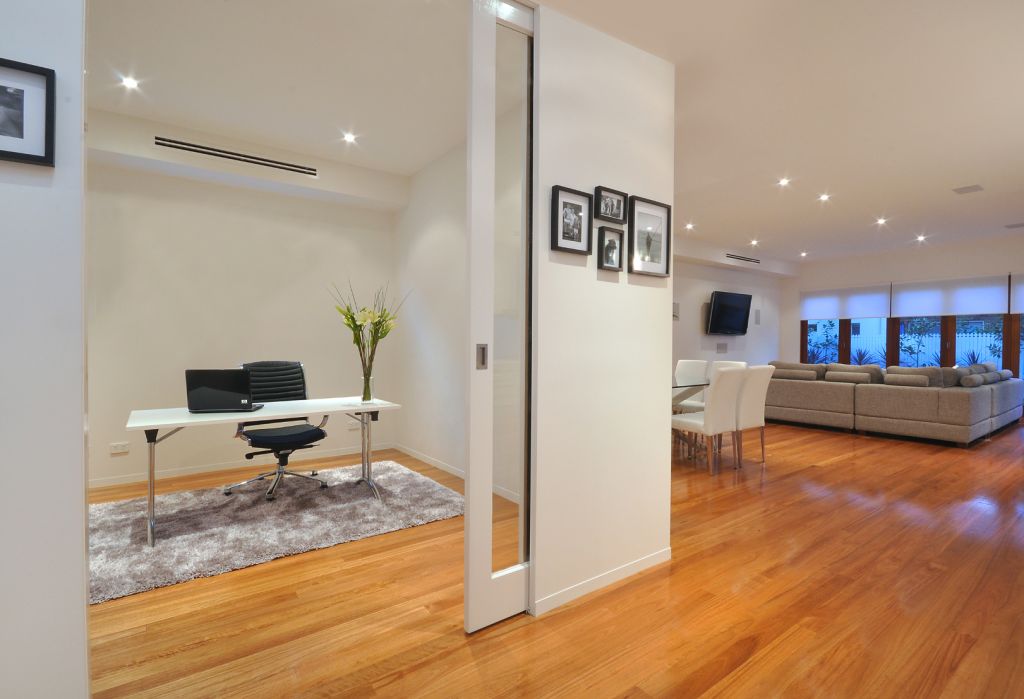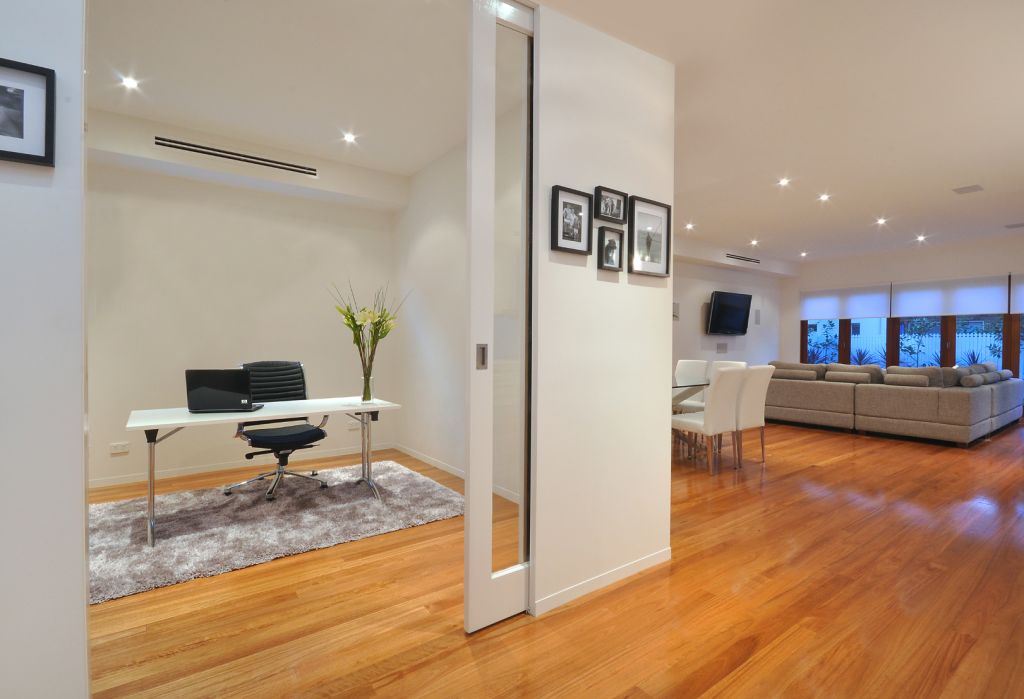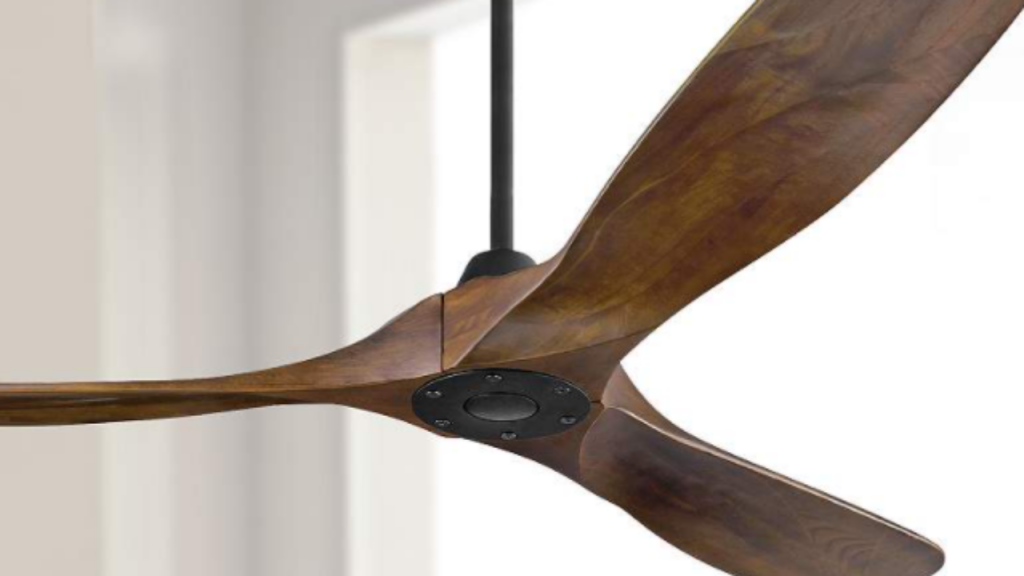When it comes to kitchen ventilation, functionality and aesthetics are equally important. The ceiling flush mount vent hood offers a sleek and efficient solution to remove smoke, grease, and odors from your kitchen while seamlessly blending into your decor. In this comprehensive guide, we’ll explore everything you need to know about the ceiling flush mount vents hood, from its features and installation process to its benefits and why it’s the perfect choice for modern kitchens.
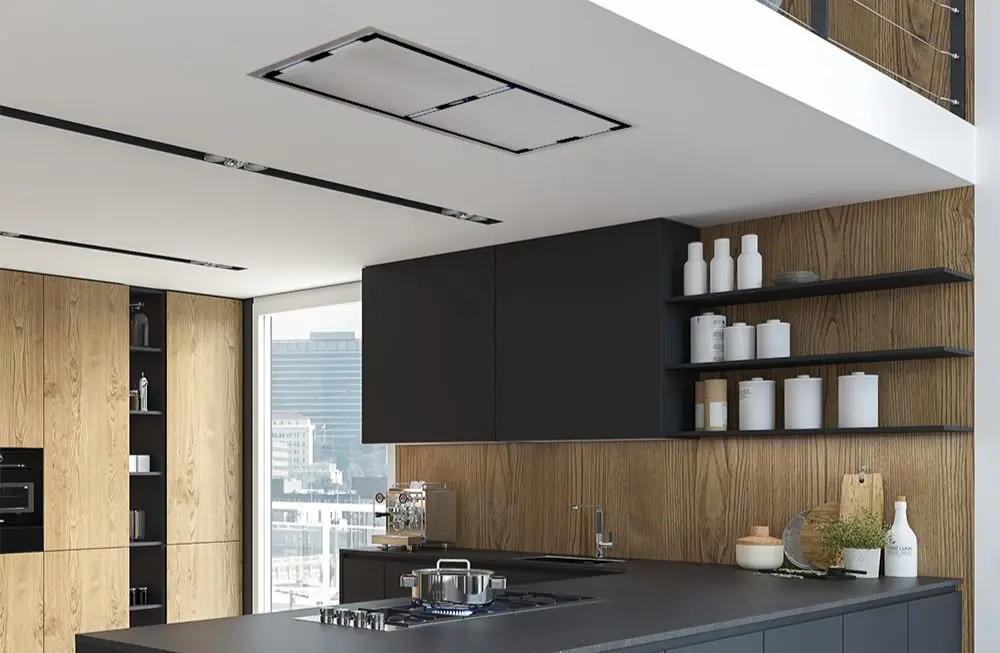
Understanding the Ceiling Flush Mount Vent Hood
The ceiling flush mount vent hood is a stylish and space-saving ventilation solution designed to be installed flush with the ceiling. Unlike traditional range hoods that protrude from the wall or hang above the cooktop, this innovative hood offers a streamlined look that enhances the overall aesthetic of your kitchen.
Key Features
- Space-Saving Design: The flush mount design allows the vent hood to blend seamlessly into the ceiling, maximizing space and creating a clean, uncluttered look.
- Powerful Ventilation: Despite its low-profile design, the ceiling flush mount vent hood delivers powerful ventilation, effectively removing smoke, steam, and cooking odors from your kitchen.
- Adjustable Speed Settings: Many models come with multiple speed settings, allowing you to adjust the ventilation intensity to suit your cooking needs.
- Energy-Efficient LED Lighting: Built-in LED lighting illuminates your cooktop, providing ample task lighting while reducing energy consumption and heat output.
- Easy-to-Clean Filters: The hood is equipped with durable and easy-to-clean filters that capture grease and debris, ensuring optimal ventilation performance.
Installation Process
Installing a ceiling flush mount vent hood requires careful planning and attention to detail. Here’s an overview of the installation process:
- Select the Right Location: Choose a central location above your cooktop or range for optimal ventilation performance.
- Prepare the Ceiling: Cut an opening in the ceiling according to the dimensions specified in the vent hood’s installation instructions.
- Mount the Hood: Securely mount the hood in the ceiling opening using the provided hardware and brackets.
- Connect Ductwork: Connect the ductwork from the vent hood to the exterior of your home to ensure proper ventilation.
- Test and Adjust: Once the installation is complete, test the hood to ensure it’s functioning correctly, and make any necessary adjustments to the speed settings or ductwork.
Benefits of Choosing a Ceiling Flush Mount Vent Hood
- Sleek Aesthetic: The flush mount design creates a seamless integration with your kitchen ceiling, enhancing the overall aesthetic of your space.
- Space-Saving: Ideal for kitchens with limited space or low ceilings, the flush mount design maximizes headroom and minimizes visual clutter.
- Efficient Ventilation: Despite its discreet appearance, the ceiling flush mount vent hood provides powerful and efficient ventilation, keeping your kitchen air clean and fresh.
- Easy to Clean: The hood’s removable filters and smooth surfaces make cleaning and maintenance a breeze, ensuring optimal performance and longevity.
Read too: How To Extend Kitchen Cabinets To The Ceiling: A Complete Guide for Maximizing Space and Style
Why Choose a Ceiling Flush Mount Vent Hood?
The ceiling flush mount vent hood offers a winning combination of style, functionality, and efficiency, making it an ideal choice for modern kitchens. Whether you’re renovating your existing kitchen or building a new home, this innovative ventilation solution provides the perfect blend of form and function.
In conclusion, the ceiling flush mount vents hood is a stylish and practical addition to any kitchen, offering powerful ventilation in a sleek and space-saving design. With its adjustable speed settings, energy-efficient LED lighting, and easy-to-clean filters, this innovative hood is sure to enhance your cooking experience while complementing your kitchen decor.

